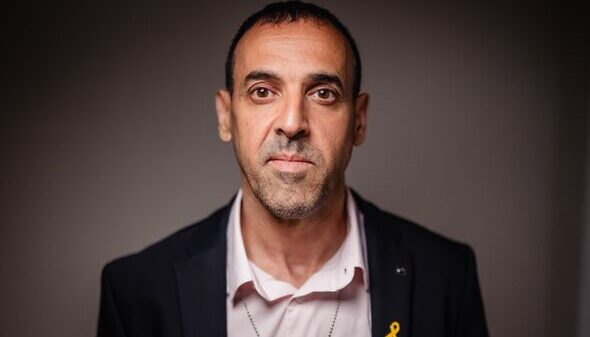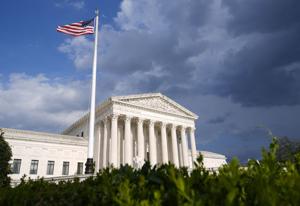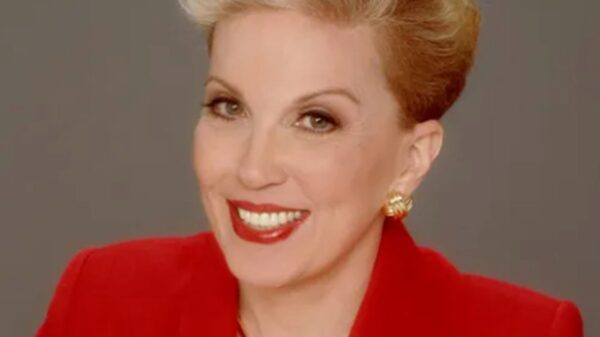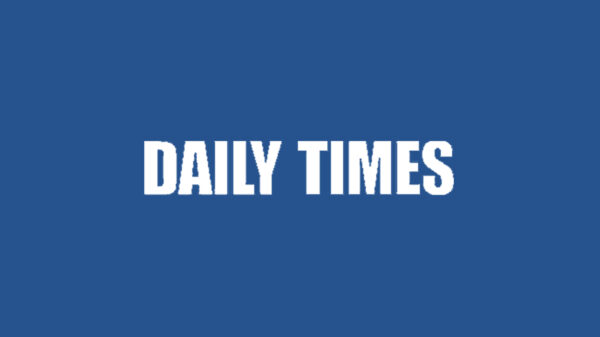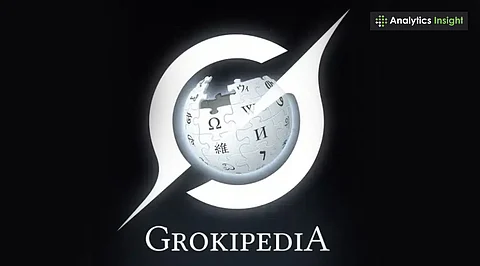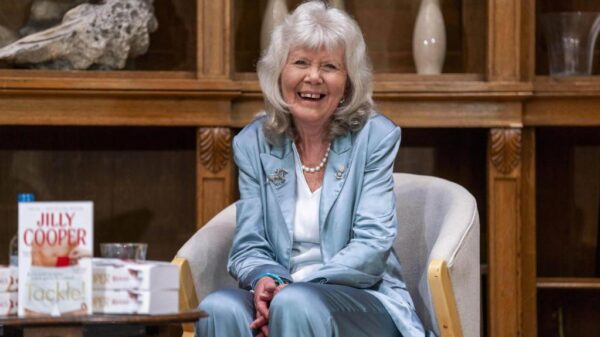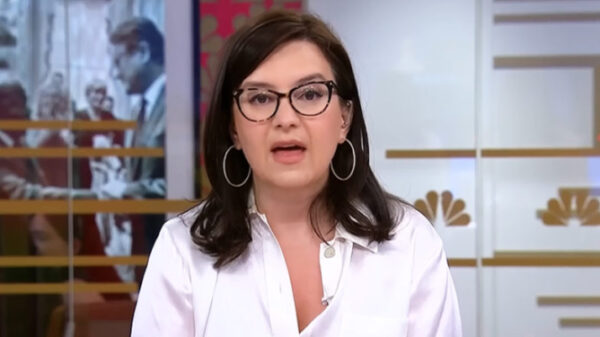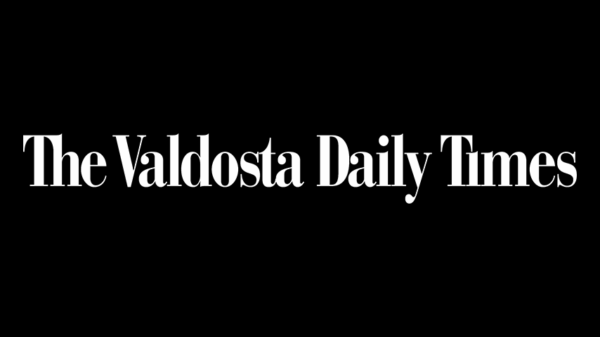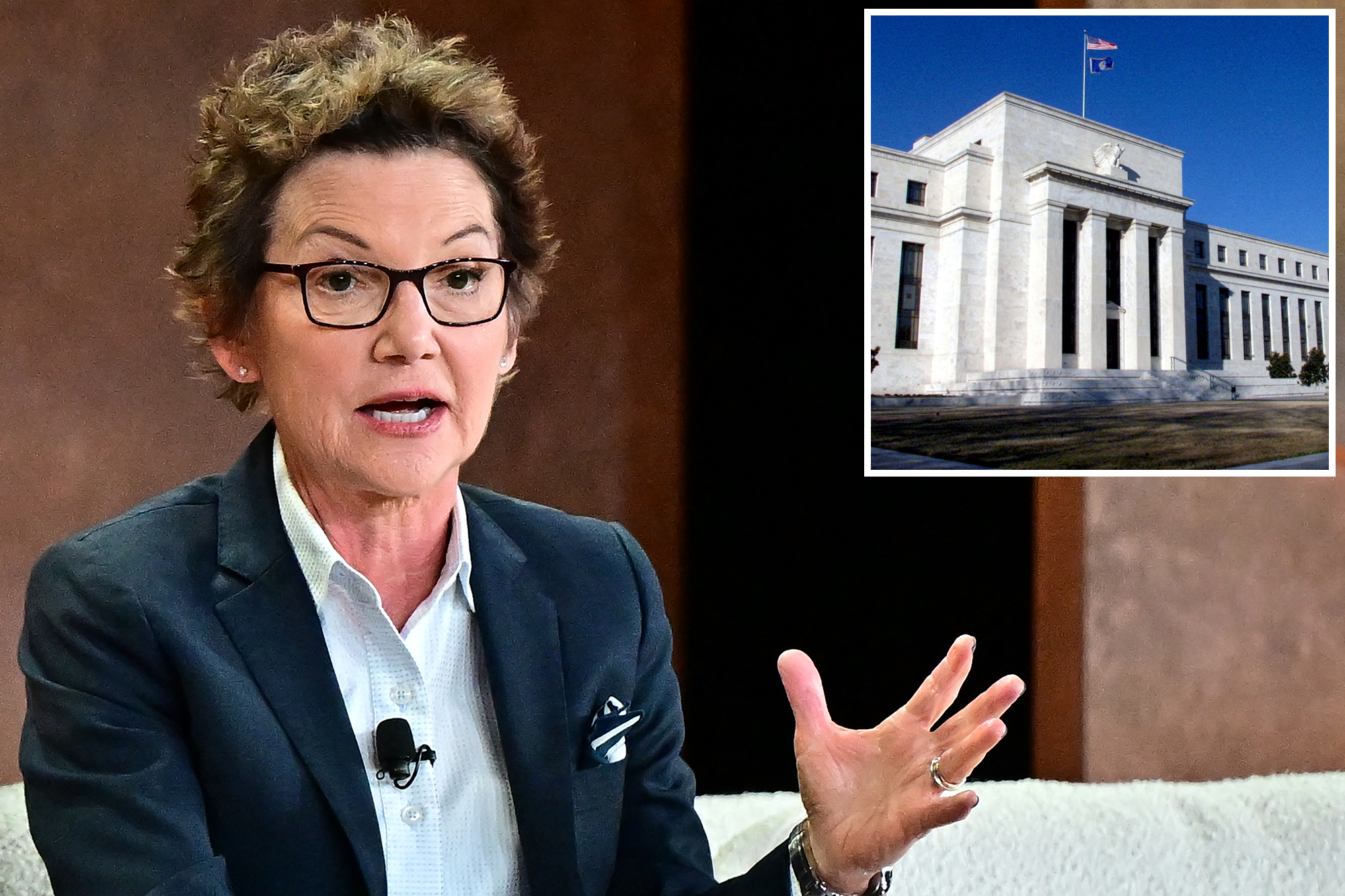UPDATE: San Francisco Federal Reserve Bank President Mary Daly has just announced that the time for potential interest rate cuts is rapidly approaching, with indications that the U.S. job market is softening. In a statement made on Monday, Daly emphasized that the Fed may need to consider more than the previously anticipated two rate cuts this year.
The Federal Reserve recently maintained short-term borrowing costs between 4.25% and 4.50% during last week’s meeting, a decision that left some policymakers, including a few of her colleagues and President Trump, advocating for immediate cuts. “I was willing to wait another cycle, but I can’t wait forever,” Daly stated, stressing the urgency of reevaluating the Fed’s approach in light of new economic data.
Daly noted that although a rate cut in September is not guaranteed, she believes that every upcoming meeting will be critical for policy adjustments. “I would lean to thinking that every meeting going forward is a live meeting,” she said, highlighting the importance of monitoring economic indicators closely.
The latest labor market data reveals a concerning trend: the Labor Department reported that U.S. employers added only 73,000 jobs last month, significantly lower than prior expectations. Additionally, previous job growth figures were revised sharply downward, indicating just 33,000 jobs were added in the two preceding months. This data points to a potential weakening in the job market that could necessitate a shift in monetary policy.
Further complicating the economic landscape, the unemployment rate ticked up slightly to 4.2% in July. Despite this, Daly urged caution, stating that raw employment numbers may not be the only indicators to consider. Instead, she pointed to a broad dashboard of labor market measures that suggests “evidence after piece of evidence” showing significant softening compared to last year.
Daly warned that if inflation persists or if the labor market rebounds unexpectedly, the Fed might need to adjust its strategy. “We could do fewer than two (rate cuts) if inflation picks up,” she said, but also noted, “I think the more likely thing is that we might have to do more than two.”
In her analysis, Daly concluded that the Fed is navigating a delicate balance between stimulating economic growth and controlling inflation. She expressed concern that if the Fed delays necessary actions, it could lead to being “for sure too late” to make effective changes.
As the Fed gears up for its next policy-setting meeting in September, all eyes will be on upcoming economic reports. Investors, businesses, and consumers alike are eager to see how the Fed will respond to these shifting economic conditions.
What’s Next: The financial community will be closely monitoring labor market and inflation reports ahead of the September meeting, as these could significantly influence the Fed’s decision-making process. With a potential shift in interest rate policy looming, the implications for both the economy and everyday Americans could be profound.
Stay tuned for further updates as this situation develops.





